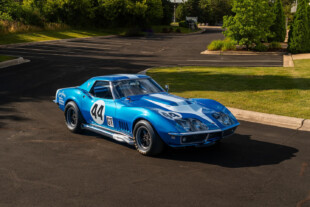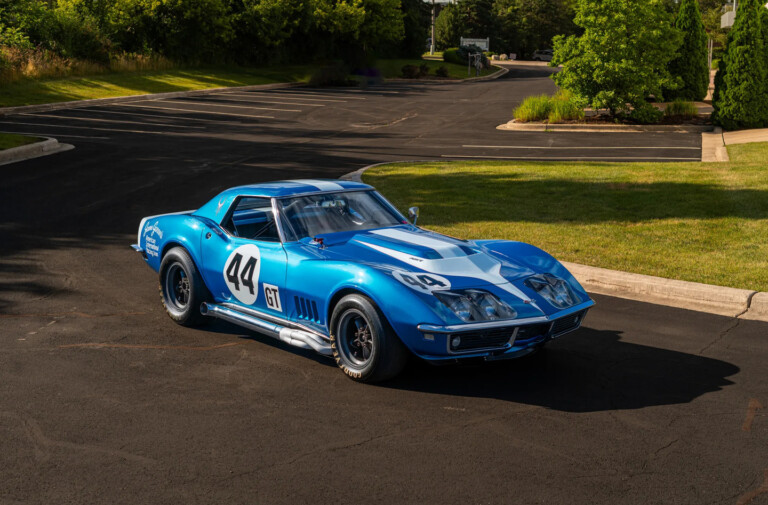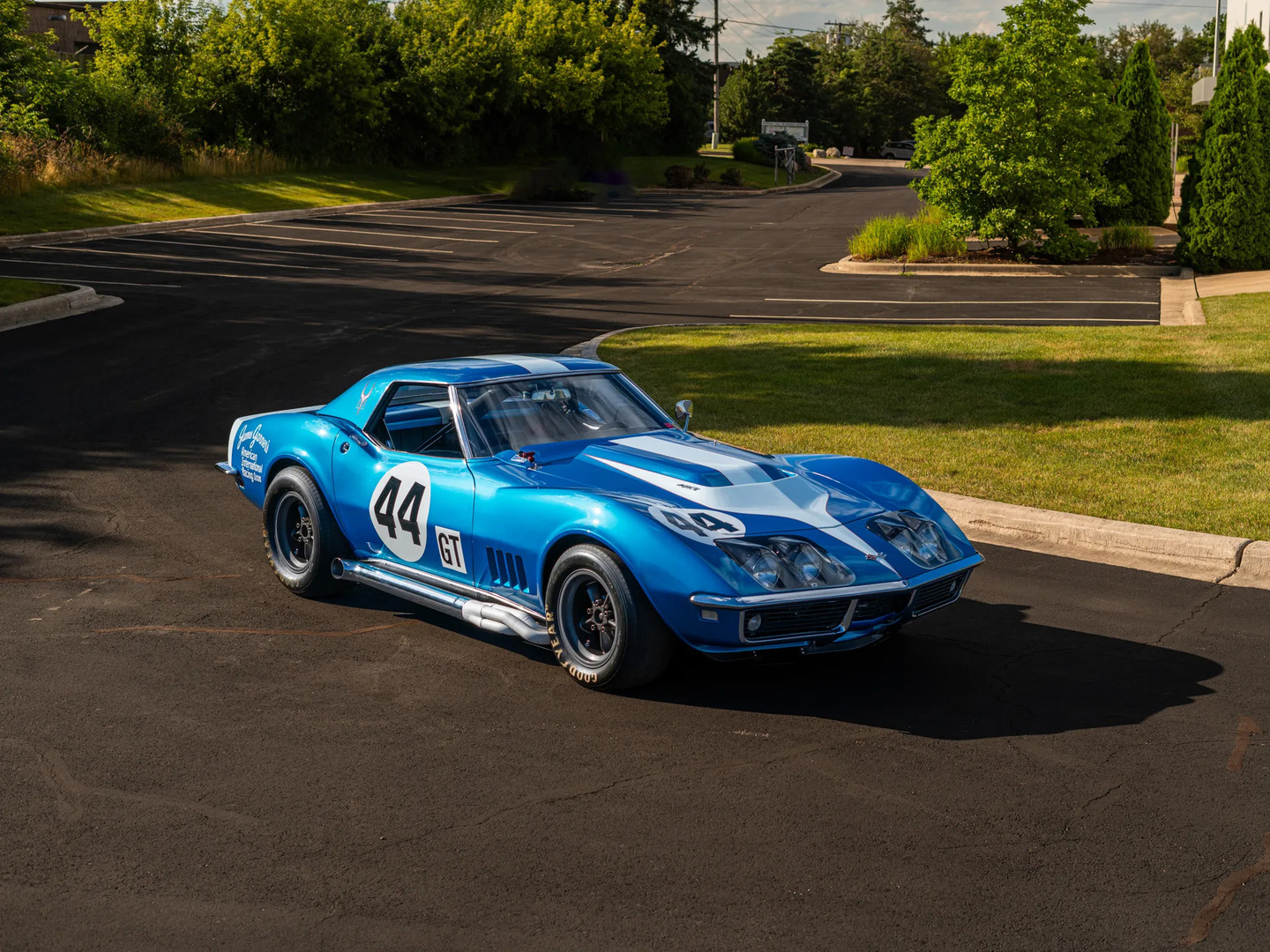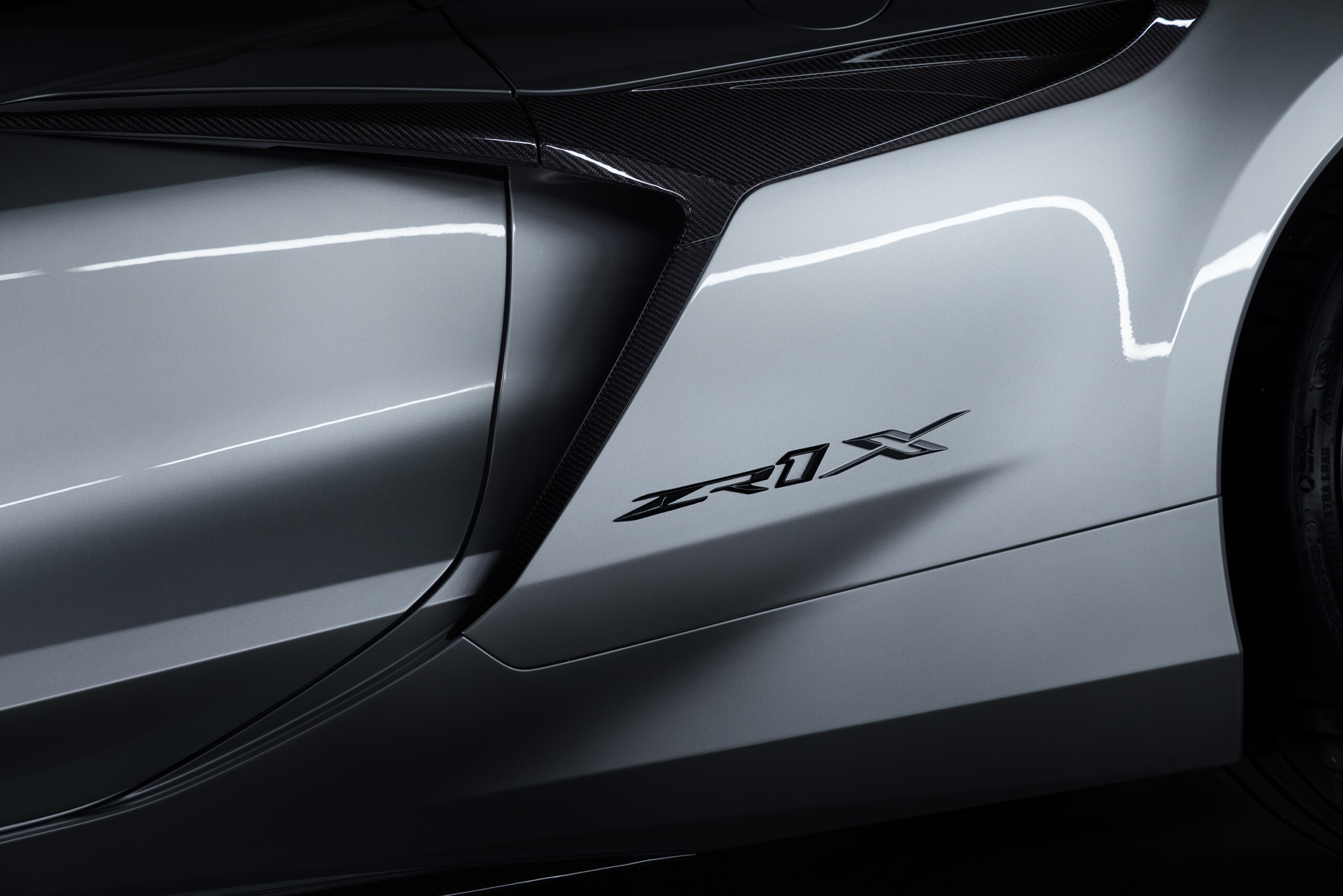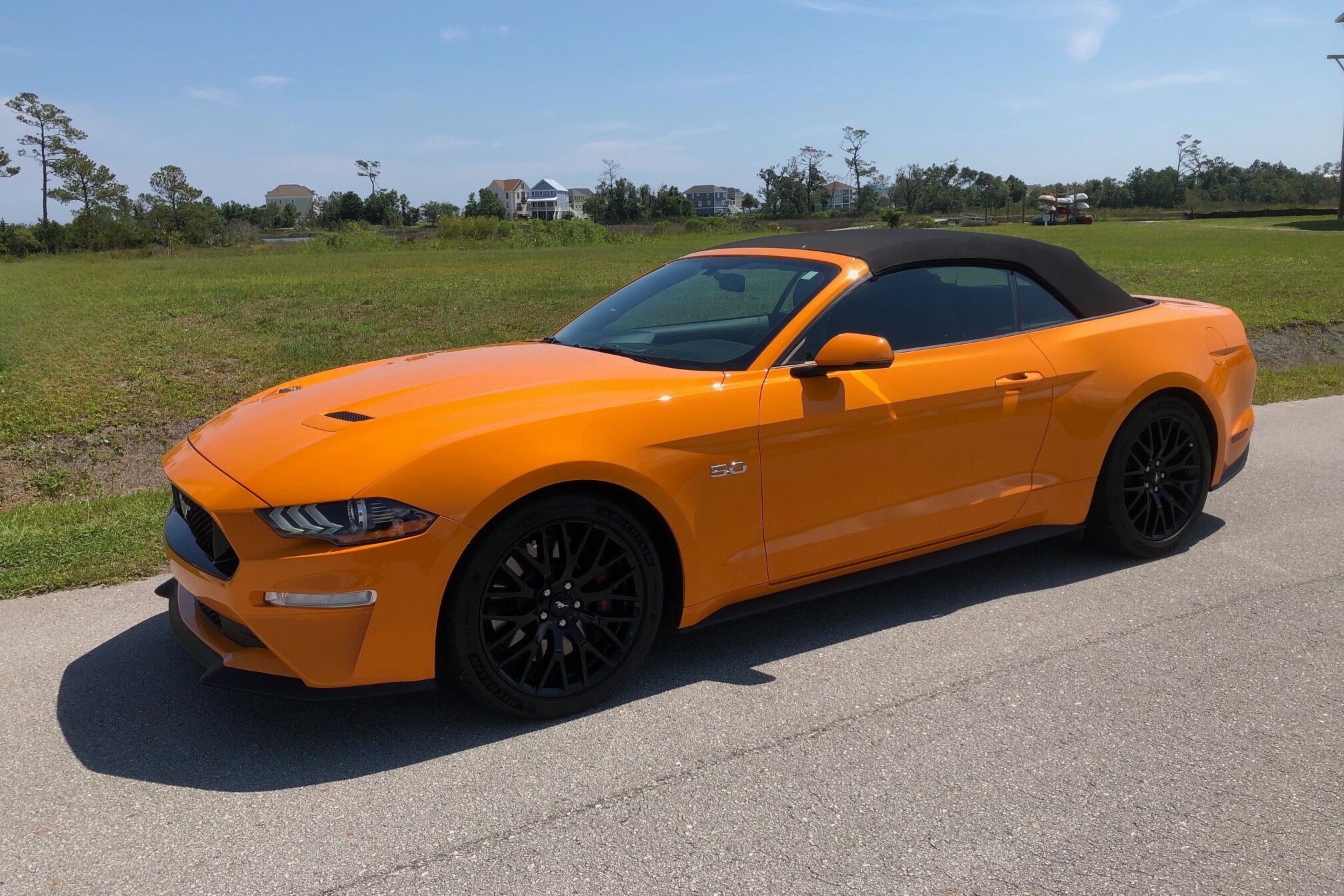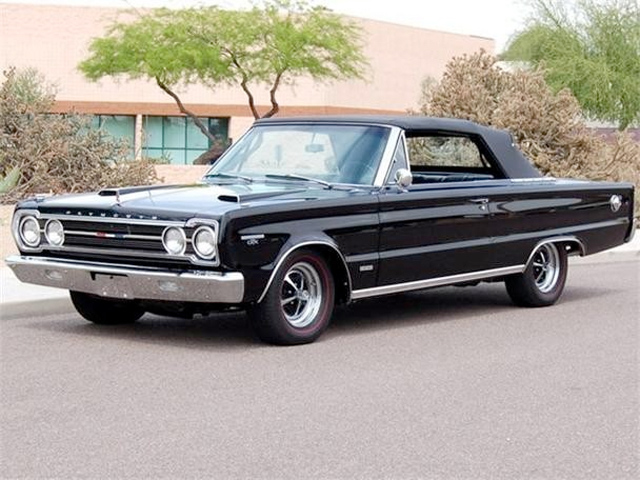 When Pontiac introduced the GTO in 1964, other manufacturers said “Me, too!” and built models to compete against the “Goat.” However, it took three model years for Plymouth to respond with a model that would compete head-to-head with the GTO.
When Pontiac introduced the GTO in 1964, other manufacturers said “Me, too!” and built models to compete against the “Goat.” However, it took three model years for Plymouth to respond with a model that would compete head-to-head with the GTO.
But when Plymouth introduced the 1967 GTX, it more than competed with the GTO – it practically trounced it. Here’s the story how Plymouth saved the best for last.
When relating the history of the GTX, you can’t do it without revisiting how the GTO was created and the performance market at the time: In 1962, GM had over 50% market penetration. Legend has it they pulled out of racing in 1963 as one way to keep the Feds from accusing them of operating as a monopoly. This was especially bad news for Pontiac, whose success relied on the credo, “You can’t sell an old man’s car to a young man, but you can sell a young man’s car to an old man.” In response, Pontiac decided to concentrate on street performance.
As the brand was about to introduce a redesigned and enlarged Tempest for 1964 – following the lead of the mid-sized Ford Fairlane – the model was ripe for a performance variant. However, politics at GM also led to a rule limiting the engine size for its new mid-sized cars to 330 cid. In Pontiac’s case, that meant the most powerful motor available was the 326 HO rated at 280 horsepower, which was a fine motor but not up to the task of waging battle against 427 Galaxies or even 421 HO Catalinas.
The answer, to Pontiac’s engineers and managers, was to create an optional package – not a model – that that took advantage of a loophole in the rules that allowed a bigger engine. With the GTO and its 389 a marketing and sales success, other manufacturers scrambled to offer their own GTO.
Details specific to the GTX included mock hood scoops, intricate taillights (shared with the Satellite), and badging.
Meanwhile, back at Highland Park, the Chrysler Corporation was still reeling from a few years of bizarre Virgil Exner styling and a miscalculated downsizing of its bread and butter Plymouths and Dodges. Chrysler had the performance options for a screamer on the drag strip (426 Max Wedge and, come mid-year, the Race HEMI), but not much else for the street other than the brand-new 365-horsepower 426-S. It was more powerful than the GTO’s Tri-Power 389, but no one was buying these cars, and the 383/330 wasn’t competitive enough.
Standard was the Super Commando 440 with 375 horses. Optional was the 426 HEMI.
For 1965, the GTO package’s second model year, Plymouth reconfigured its B-body line for the new mid-sized car class. The new model line started with the Belvedere I, then Belvedere II and topping with the Satellite, but Plymouth didn’t have a dedicated performance model to compete with the GTO. Like before, these Plymouths could be optioned out like before with the Commando 383 and 426 V-8s but they were not giving Plymouth any street cred.
Things changed slightly for 1966 with the advent of the Street HEMI, but the HEMI was expensive and complicated for the average enthusiast. Plus, the models “Belvedere” and “Satellite” simply didn’t have the cachet of “GTO,” and the market was demanding cars that had the image of performance. Pontiac was selling 96,000+ GTOs, Chevrolet sold over 72,000 SS 396s, and there were more than 37,000 Ford Fairlane GTs running around Every Town, USA, which were sales that could have been Plymouth’s but 10,000 383 and 1500 HEMI Plymouths weren’t making a dent. It was clear that Plymouth still needed an image car.
For a little more money, a handsome wood-grained steering wheel was available.
Advertised as “Plymouth’s fastest way to win you over,” the 1967 GTX was unfashionably late to the party but more than competent to compete toe to toe with the GTO. Its standard Super Commando 440 was the “biggest GT engine anywhere” and put out 375 honest horses from a mild 10.1 compression ratio. Those numbers were achieved through a big Carter AFB 4-bbl. carb with extra-large throttle bores, dual-snorkel air cleaner, hot cam, oversize ports and valves, and other juicy stuff.
If there was a need to go faster, the 426 HEMI was just a checkmark away on the order form. In typical Mopar fashion, the suspension consisted of heavy-duty torsion bars and oversize anti-sway bars so that “every curve gets a big, firm bear hug.” Best of all, while other brands were offering a three-speed manual standard, the GTX came standard with TorqueFlite automatic, with a four-speed manual optional.
Outside, “pit-stop” gas cap, twin mock hood scoops, Red Streak tires, and chromed dual exhausts were standard. Inside, the GTX’s high-grade interior was shared with the Satellite, offering standard buckets available in blue, red, copper, black, and white with black components or red components.
Popular options were dual sport stripes for hood and rear deck (similar to the interior, available in blue, red, copper, black, or white), console, armrest/center seat, console-mounted tachometer, wood-grained steering wheel, custom road wheels (Magnum 500s), front disc brakes, and the usual items like air conditioning (only on the 440/auto combo), power windows, tinted glass, and AM/FM or 8-track tape player.
About a quarter of GTX owners ordered their car with racing stripes.
As equipped, the GTX was capable of low-14s all day, and high-13s with some skilled tuning. There was no standard-engine supercar that could touch it, and few cars (Ram Air GTO, 427 Fairlane and Comet, L78 SS 396) would give it trouble. But that’s why God created the HEMI. Road testers at Car Life magazine praised the concept of the utterly conventional, “mildly tuned, slow turning, big-muscle engine.”
With 480 lb.-ft. of torque, “great care was required to achieve maximum-effort take-offs.” They felt “the [TorqueFlite] automatic shifts worked best with minimum time and slippage lost within the transmission.” Starting at $3178 with an as-tested price of $3629, Car Life felt the GTX was “one of the most responsive, comfortable handling domestic 1967 automobiles [they had] driven.”
By the end of the model year, only 12,010 hardtops and 680 convertibles had been built. That may have paled in comparison to over 81,000 GTOs, but every single GTX was a step up in performance from the bulk of the GTOs built. The Road Runner came along in 1968 with 4/5 of the GTX’s performance but with loads of character, simultaneously carving out a new market niche and one-upping the GTO in another manner and, subsequently, stealing the thunder away from the GTX.
However, the GTX continued to play the role of Plymouth’s mature performance car through 1971, upon which it was relegated to a performance package for the Road Runner from 1972-74. The GTX played the role of Plymouth’s big-bore hunter till the bitter end, and one could theorize that the GTX’s late introduction in the high performance sweepstakes gave Plymouth enough marketing wisdom to introduce the super-successful Road Runner the following year.












